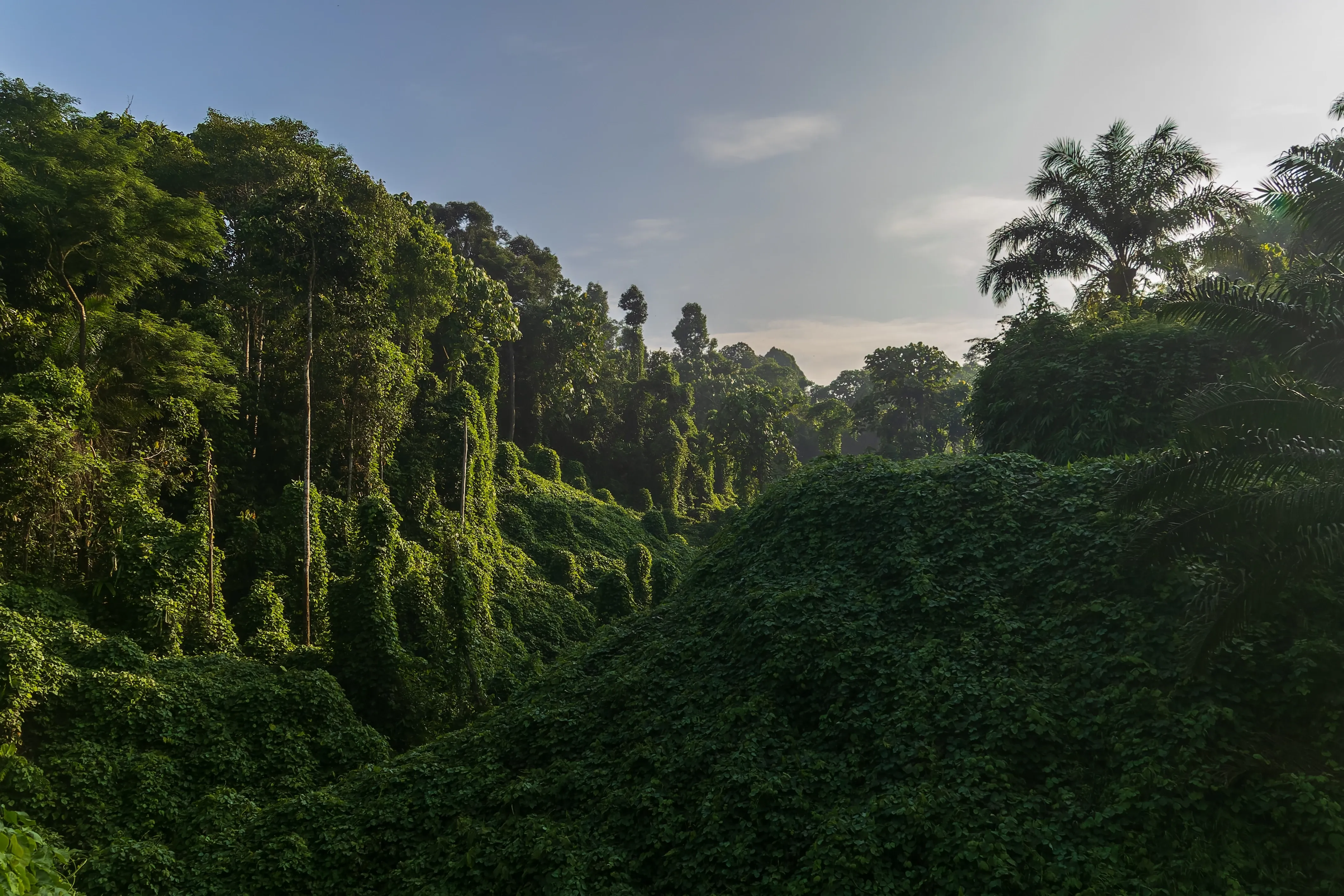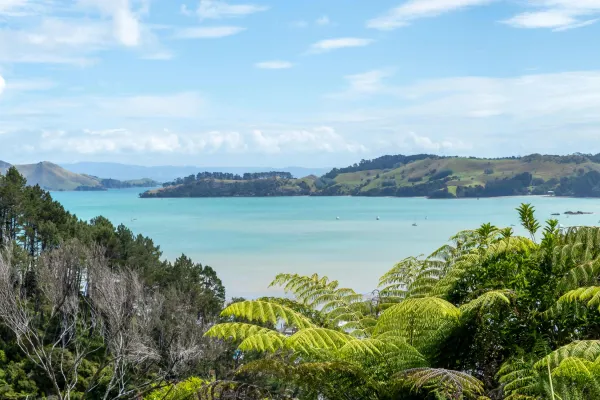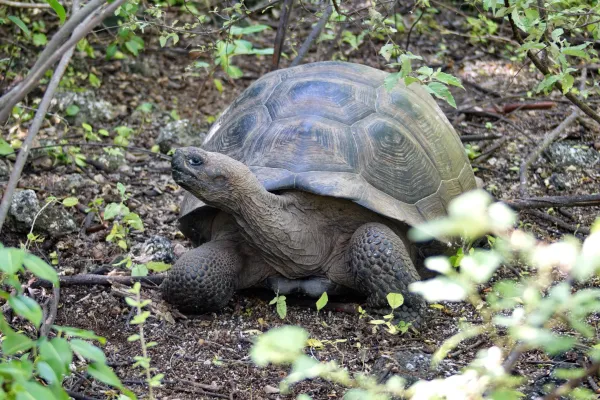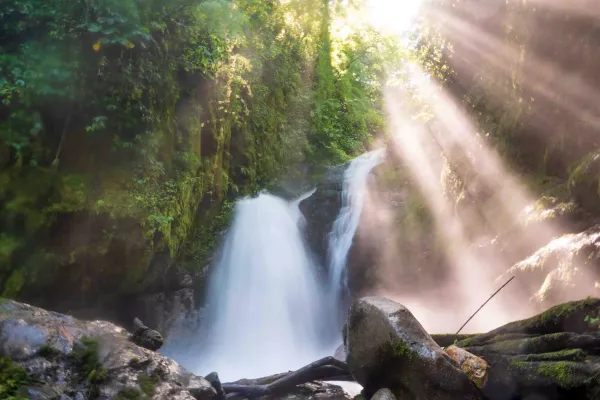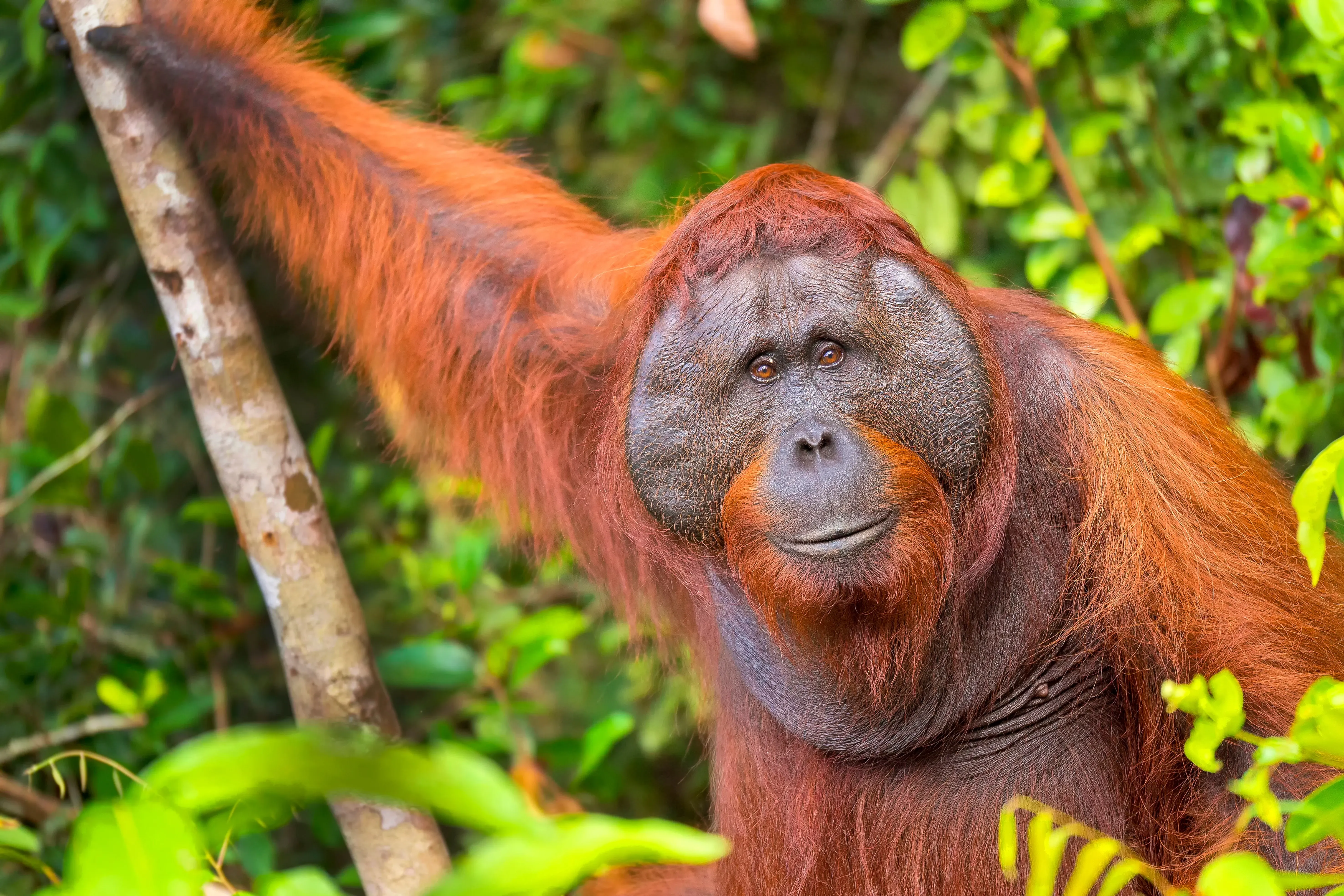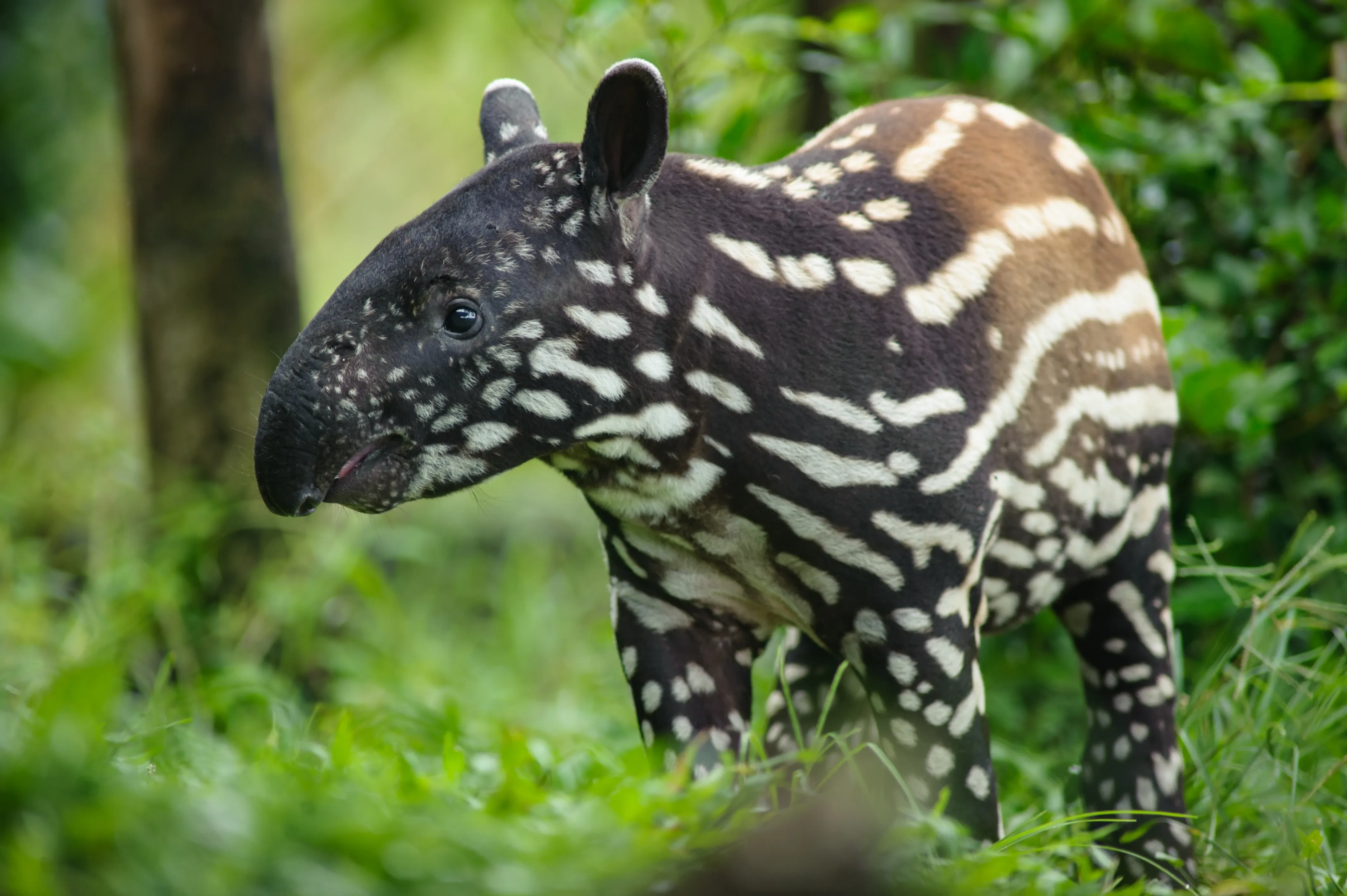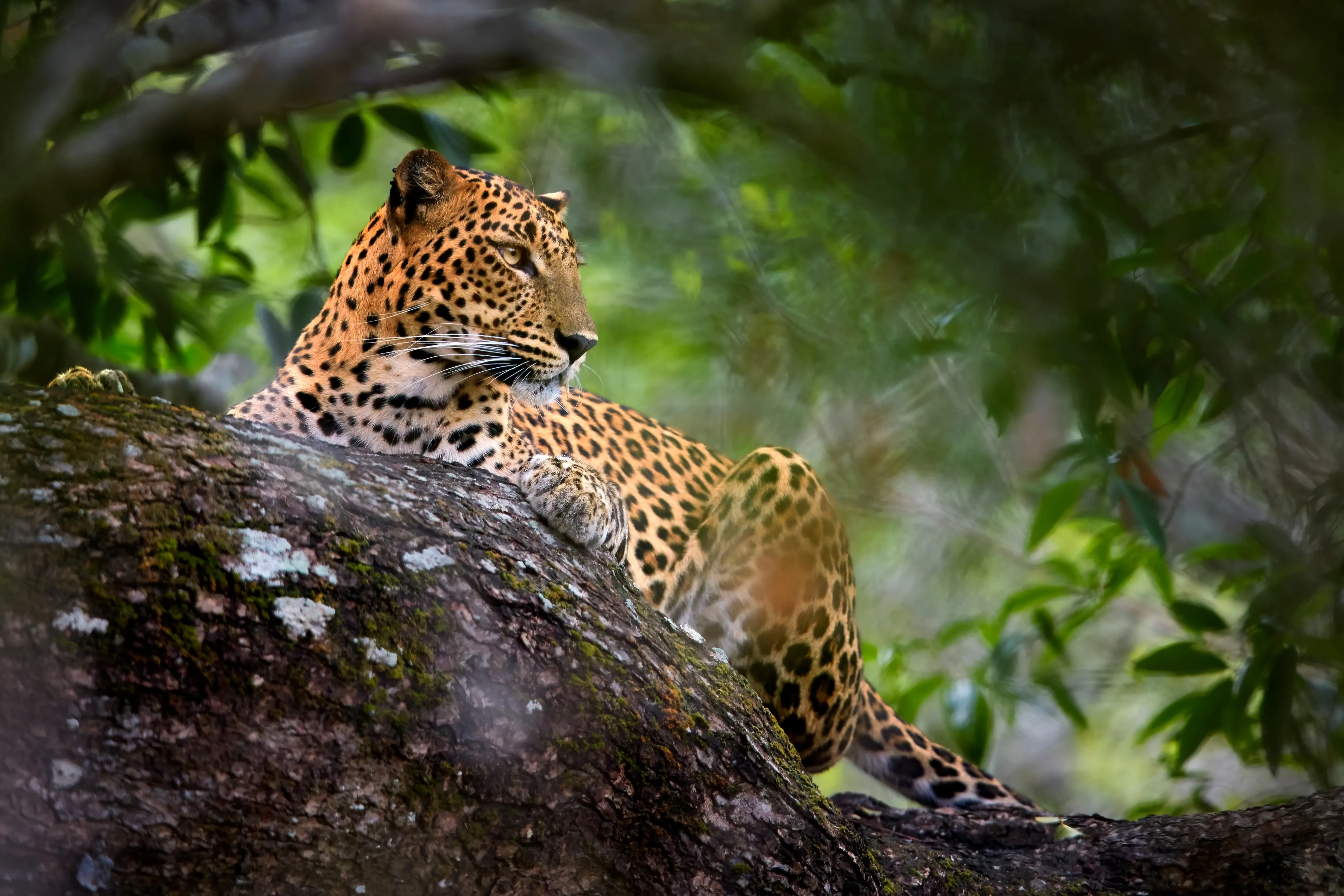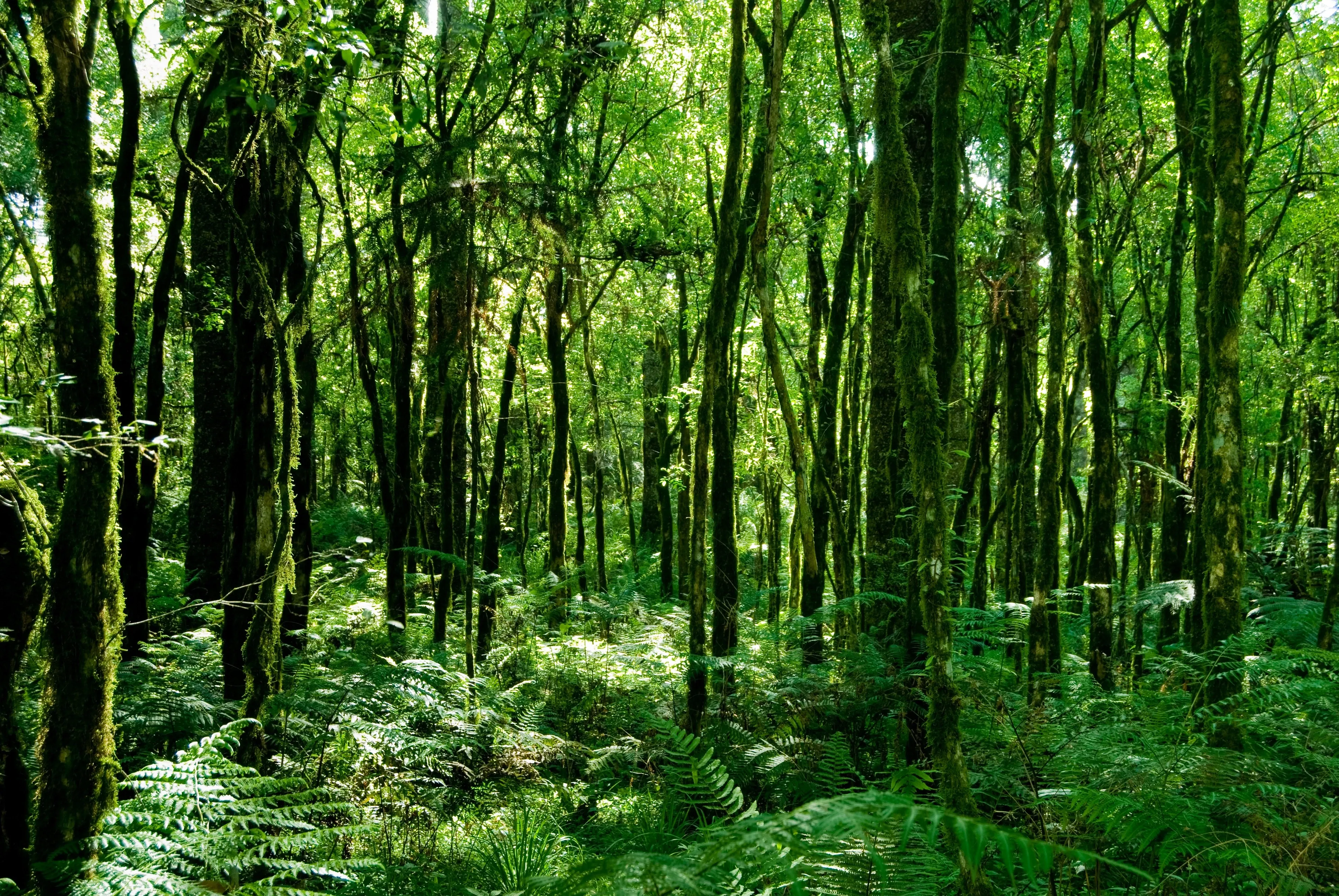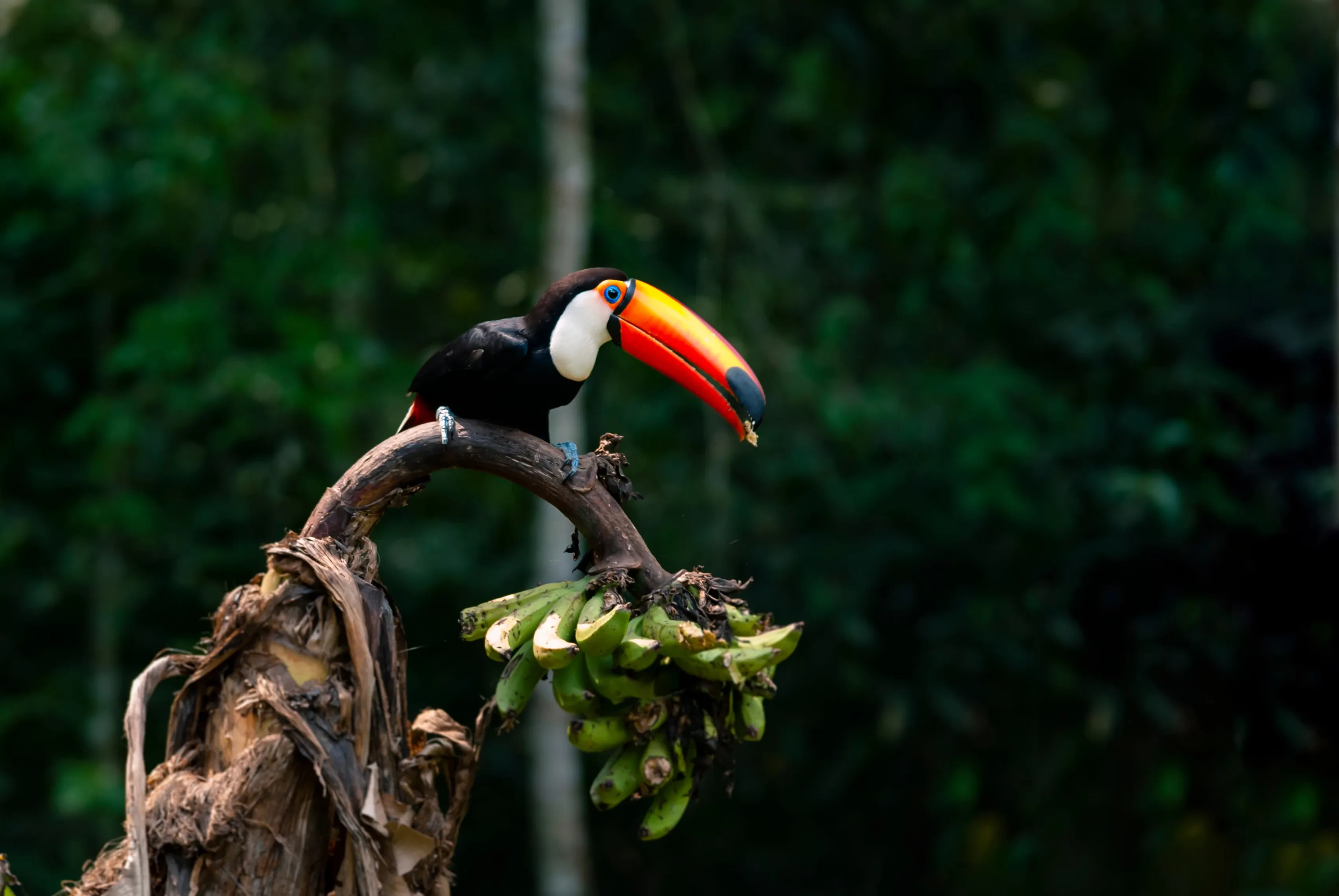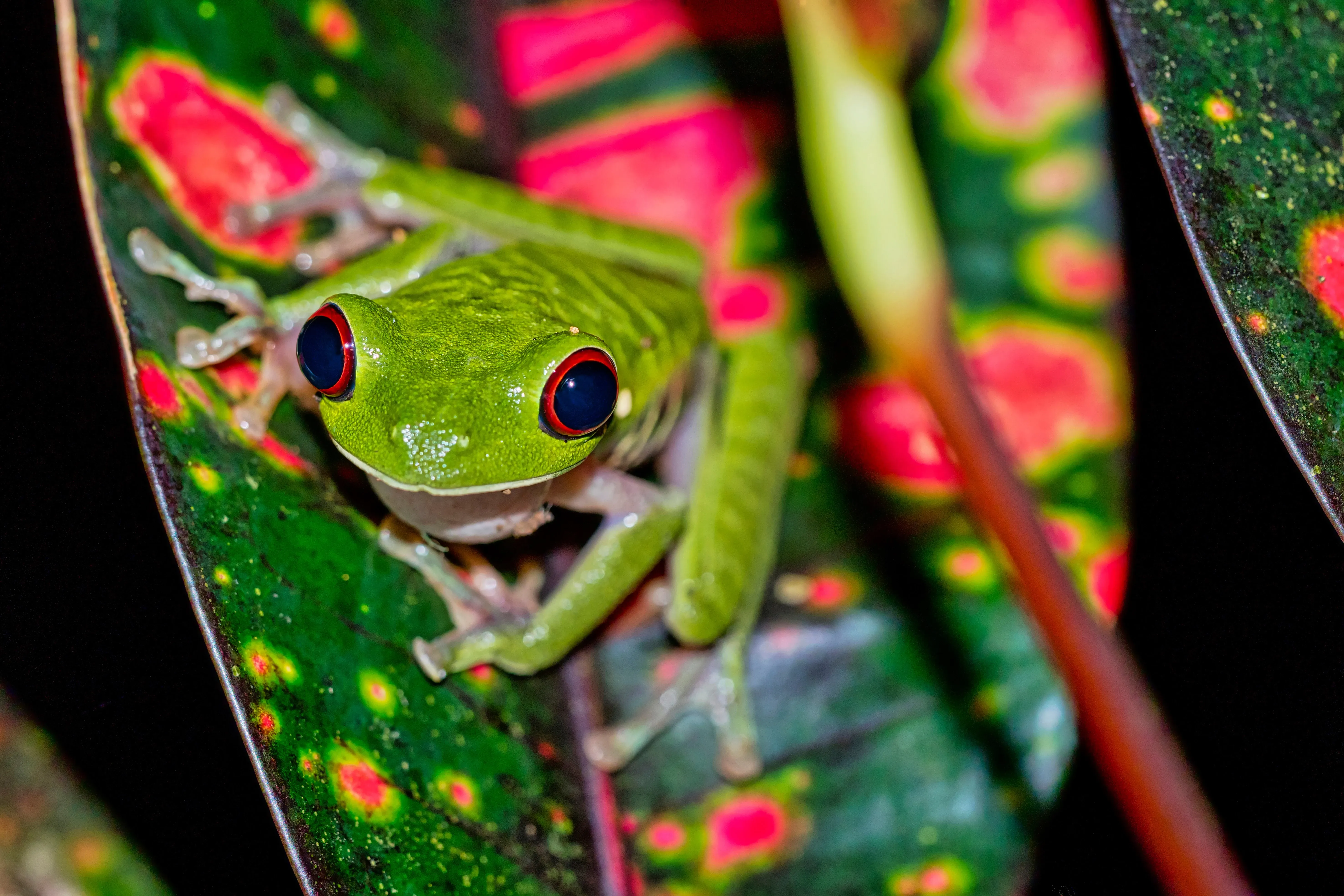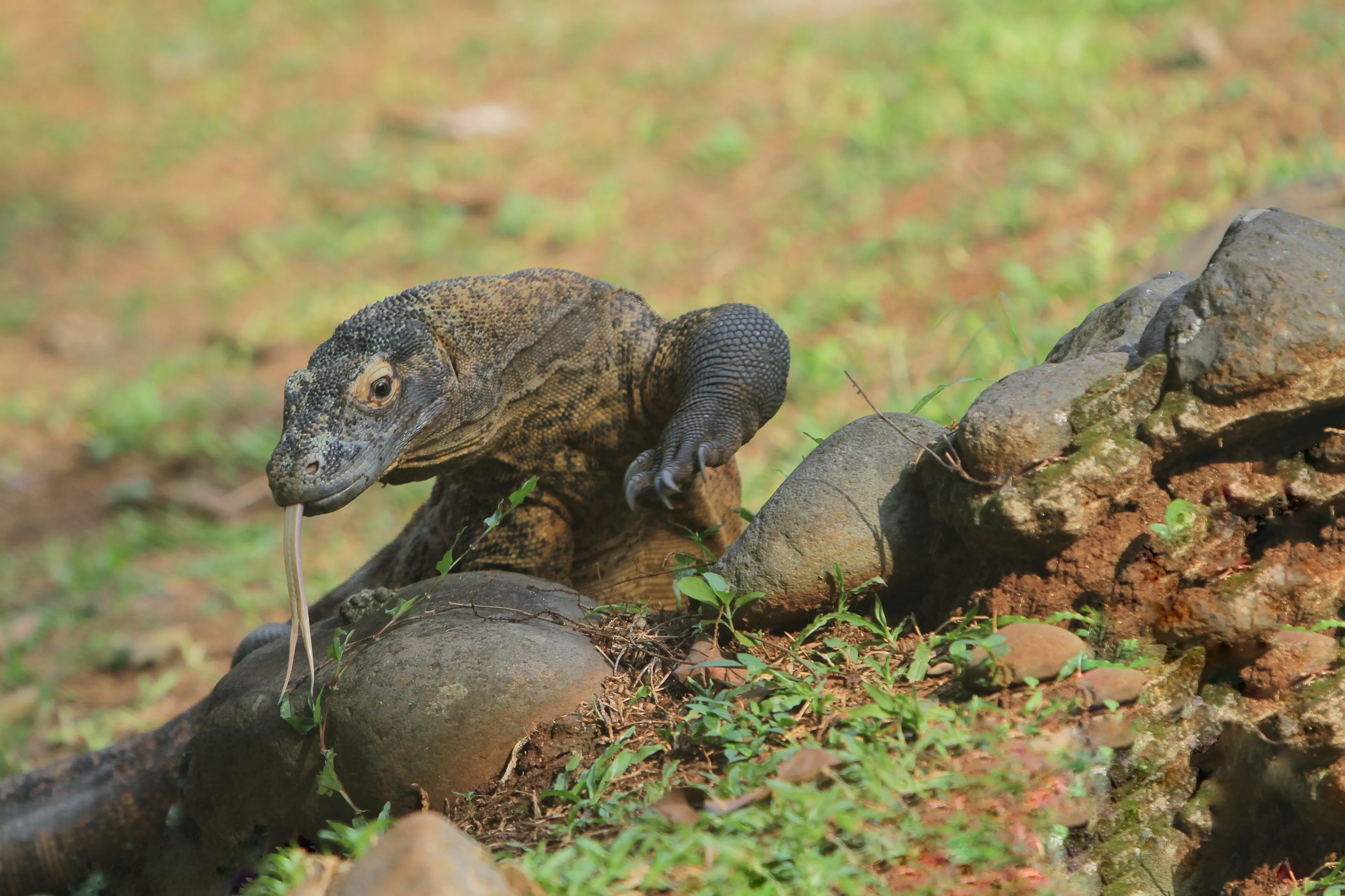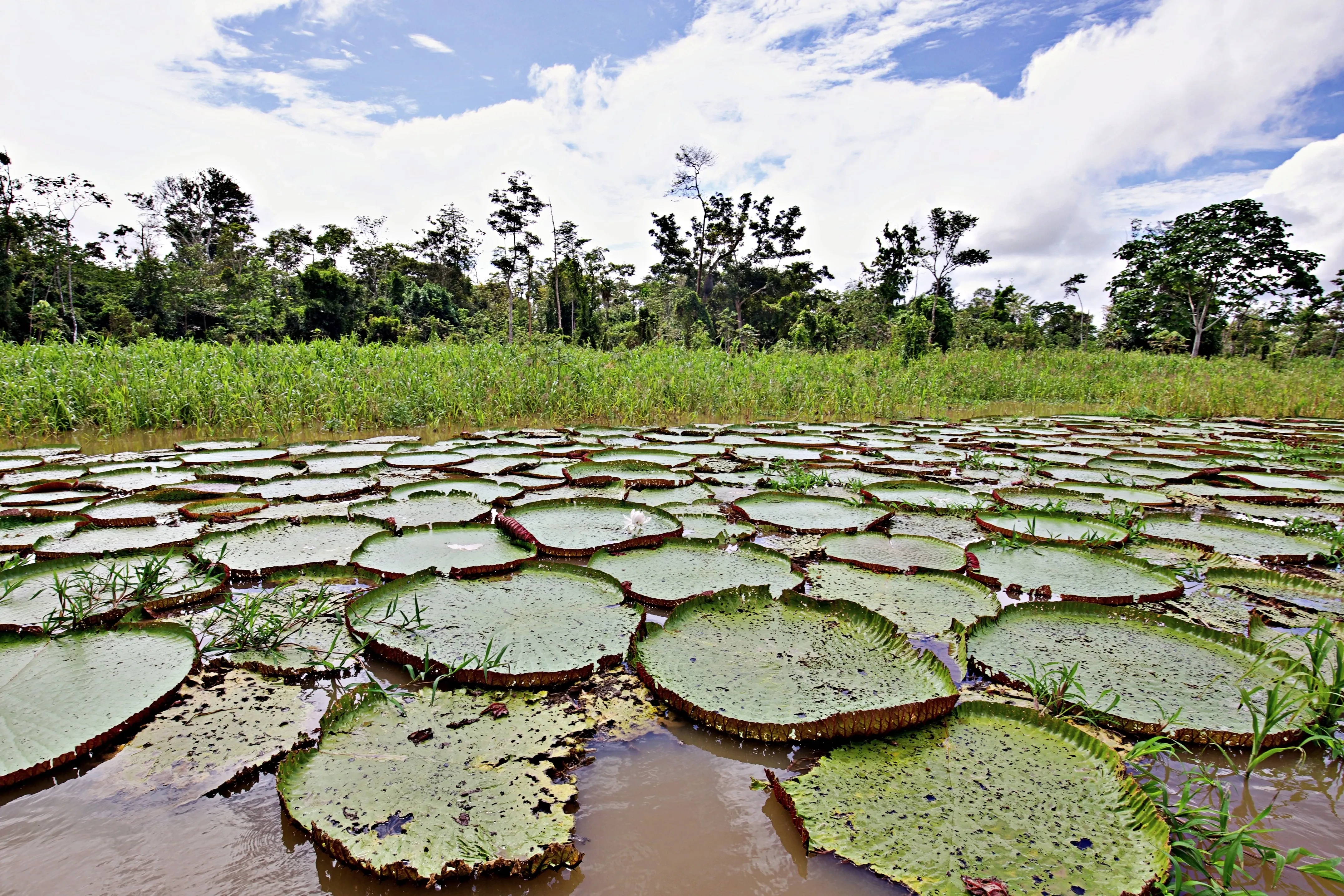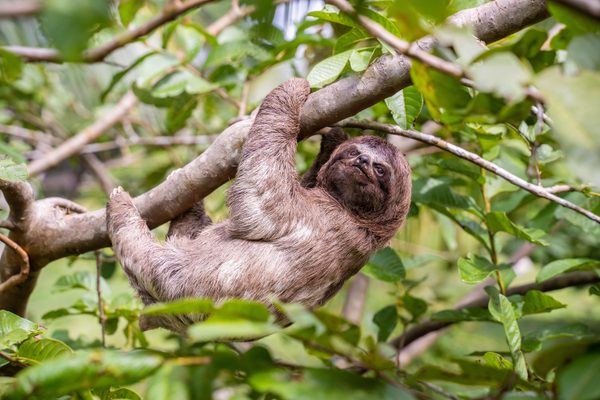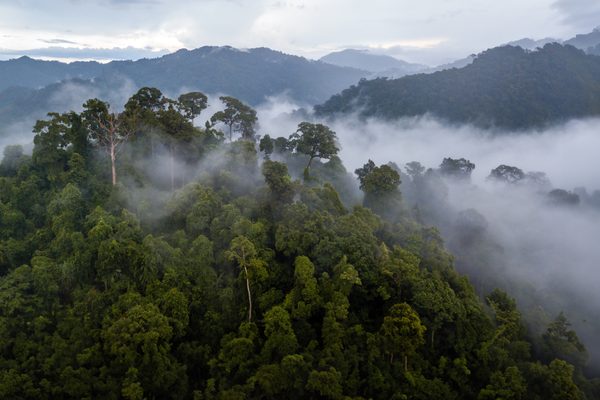Volunteering in rainforests
Rainforests are among the most vibrant and vital ecosystems on our planet. Characterized by their dense vegetation and high rainfall, these lush green habitats are found primarily in tropical regions near the equator. Major rainforests include the Amazon in South America, the Congo Basin in Africa, and the rainforests of Southeast Asia, such as those in Indonesia and Malaysia. Smaller temperate rainforests also exist in regions like the Pacific Northwest of the United States and Canada, and the Valdivian forests of Chile.
Volunteering in rainforests offers a unique and rewarding opportunity to contribute to the preservation of some of the most biodiverse and ecologically significant areas on Earth. Rainforests are home to an incredible array of plant and animal species, many of which are found nowhere else. These lush, green environments play a crucial role in regulating the global climate, storing vast amounts of carbon, and producing oxygen. However, rainforests are under threat from deforestation, climate change, and human activity.

As a rainforest volunteer, you may engage in a variety of activities, including wildlife conservation, reforestation, community education, and scientific research. You will work alongside local communities and experts, learning about the delicate balance of rainforest ecosystems and the challenges they face. Your efforts can help mitigate the impacts of deforestation, support sustainable livelihoods, and contribute to long-term conservation goals. By volunteering in these vital ecosystems, you can help protect and restore them while gaining an unforgettable experience.
Highlights of volunteering in rainforests:
- Join the ranks of passionate conservationists who are working towards the goal of salvaging and regenerating the once-thriving rainforest.
- Build lasting friendships with like-minded individuals from around the world, united by a shared passion for conservation.
- Gain valuable conservation skills
- Learn about the delicate balance of rainforest ecosystems and the challenges they face
What is unique about rainforests?
Rainforests are extraordinary ecosystems that stand out for their incredible biodiversity and ecological significance. These lush, green habitats are distinguished by their high rainfall and dense vegetation, creating a vibrant environment teeming with life. One of the most unique aspects of rainforests is their astounding biological diversity. They are home to about half of the world's plant and animal species, many of which are found nowhere else on Earth. From towering fig trees and exotic flowers to elusive jaguars, playful spider monkeys and colorful Macaws, the range of life forms in rainforests is unparalleled.
The structural complexity of rainforests is another remarkable feature. These forests have multiple layers, including the emergent layer, the canopy, the understory, and the forest floor, each hosting different species adapted to their specific environments. The canopy, for example, is a bustling ecosystem high above the ground where sunlight is abundant, supporting a diverse array of flora and fauna. Below, the understory and forest floor are shaded and humid, providing a habitat for different sets of species, such as insects, amphibians, and decomposers that play crucial roles in nutrient cycling.

Rainforests also play a vital role in regulating the Earth's climate. They act as massive carbon sinks, absorbing large amounts of carbon dioxide from the atmosphere and releasing oxygen through photosynthesis.
However, what truly sets rainforests apart is their fragility and the urgent need for their conservation. Despite their resilience, rainforests are highly vulnerable to deforestation, climate change, and human activities. The loss of these forests leads to the extinction of countless species, disrupts local and global ecosystems, and contributes to climate change by releasing stored carbon into the atmosphere.
Why we need to protect rainforests?
Protecting rainforests is crucial due to their pivotal role in mitigating climate change as significant carbon sinks, absorbing carbon dioxide and releasing oxygen through photosynthesis. They harbor unparalleled biodiversity, housing about half of the world's plant and animal species, many of which offer potential for scientific discoveries in medicine and other fields. Rainforests influence global weather patterns and the water cycle by generating substantial rainfall through transpiration, essential for water supplies globally.

These ecosystems are home to numerous indigenous communities whose sustainable practices and traditional knowledge are vital for biodiversity conservation and cultural heritage preservation. Economically, rainforests provide valuable resources such as timber, fruits, nuts, and other forest products that support livelihoods and industries worldwide. They also play a critical role in preventing soil erosion and maintaining soil fertility, which is essential for agriculture and human settlements.
Moreover, rainforests offer significant educational, recreational, and ecotourism opportunities, contributing to local economies and fostering environmental awareness. Protecting rainforests ensures the continuation of these ecosystem services and benefits for future generations. Overall, the conservation of rainforests is imperative for climate regulation, biodiversity preservation, sustainable livelihoods, and maintaining ecological balance on a global scale.
»The rainforest is the pharmacy of the world; it holds the keys to medicines and cures for the future.«
How to save rainforests?
In Rainforest conservation there are various approaches, combining protective measures with community engagement and education. Key actions include protecting forest habitats, promoting sustainable land use, and combating illegal logging and deforestation. Supporting the rights and sustainable livelihoods of indigenous and local communities is essential, as is advocating for policies that prioritize rainforest conservation and restoration.
Individuals can contribute by supporting organizations focused on rainforest protection, making sustainable consumer choices, and participating in educational and conservation activities. Together, these efforts can help preserve these vital ecosystems for future generations.
What do I need to know about volunteering in rainforest conservation?
Volunteering in rainforest conservation requires a solid understanding of environmental issues and the specific challenges faced by these ecosystems, such as deforestation and habitat loss. You should have enough physical fitness for potentially demanding conditions such as uncertain terrain and high humidity. Cultural sensitivity towards local communities and their role in conservation is crucial, as is awareness of safety protocols and health considerations in remote environments.
It's also important to understand how your efforts contribute to broader conservation goals and to seek training or orientation before starting. Networking with professionals and learning from fellow volunteers can enhance your experience and understanding of rainforest conservation practices. Overall, volunteering in rainforest conservation offers a chance to make a tangible impact while gaining valuable insights into environmental conservation and global biodiversity.

Where to volunteer in rainforest conservation?
Rainforests are mainly found between the latitudes 23.5° North and 23.5° South also known as the tropics of Cancer and tropics of Capricorn. The biggest Rainforest is the Amazon Rainforest in South America which is found in nine different countries namely: Brazil, Bolivia, Columbia, Ecuador, Guyana, French Guiana, Peru, Venezuela, and Suriname. Most volunteer projects in these regions focus on Amazon rainforest reforestation and research on Fauna and Flora.
Other tropic forests are found in Central Africa in countries such as DR Congo, Cameroon, Uganda, Rwanda, and Mozambique. Some tasks of rainforest volunteers in these Regions are: assisting dedicated naturalists in human-wildlife conflicts. For example, in Uganda, they help set up bee hives to keep forest elephants away from the crop fields of local communities.
Most tropic rainforests in Asia are found in Indonesia, but also in Malaysia, Thailand, and Cambodia. In the rainforest of Malaysia Volunteers help researchers in Borneo monitor the fascinating orang-utang or assist in rehabilitation centres of sun bears with the rewilding process. This might be a surprise, but there are even rainforests found in Japan, New Zealand, Norway, and even in parts of England.

Participating in rainforest conservation projects offers volunteers not only a rewarding experience by doing great work for the health of our planet but also exploring the world and its spell-bounding landscapes. Delve into the Earth’s lungs by volunteering in rainforests all across the world and make life-lasting memories, whilst getting to know new cultures.
What kind of biodiversity can I expect in a rainforest?
Rainforests around the world, from the Amazon in South America to the Congo Basin in Africa and the lush expanses of Southeast Asia, are distinguished by their incredible biodiversity and unique species adapted to each region's specific environment.
In the Amazon Rainforest of South America, towering Brazil nut trees and the immense leaves of the giant water lily dominate the landscape. Among its iconic mammals are the elusive jaguar and the vocal howler monkey, while the skies are home to the majestic harpy eagle and the vibrant macaws. Slithering through its waters are the formidable green anaconda and the ancient yellow-spotted river turtle, while poison dart frogs and glass frogs hide among its leafy undergrowth. Piranhas and the enormous arapaima navigate its rivers, completing a diverse ecosystem of flora and fauna.
These rainforest regions are not just biodiversity hotspots but crucial ecosystems for global climate regulation, and scientific discovery. Protecting them ensures the survival of countless species and maintains the balance of our planet's natural systems, offering a glimpse into the wonders of Earth's biodiversity and the interconnectedness of all life forms.
Southeast Asian rainforests, spanning Indonesia and Malaysia, boast the otherworldly Rafflesia arnoldii, the largest flower globally, and the pungent durian tree. Here, the endangered Sumatran tiger and the intelligent orangutan navigate their shared habitats, while the colorful rhinoceros hornbill and iridescent birdwing butterflies flutter overhead. Komodo dragons and reticulated pythons command respect on land, while Wallace's flying frogs and Bornean flat-headed frogs exhibit unique adaptations in their amphibious lives. Giant freshwater stingrays and Asian arowanas swim in the clear waters, reflecting the diversity of aquatic life in these vibrant rainforests.
Four reasons to volunteer in a rainforest:
- Exploring 6% of the earth landmass: Get to know the worlds Rainforests like the Amazon rainforest in Peru or the Atlantic Rainforest in Brazil like no other through the immersive experience of participating as a rainforest conservation volunteer.
- Take part in a transforming experience: This volunteering opportunity allows you to immerse yourself in nature, develop practical conservation skills, and foster a deep sense of connection to the environment.
- Assist in scientific researches: As a volunteer in rainforest conservation you can assist researchers and gain new skills in studying flora and fauna, data collecting, climate impact, as well as monitor and protect endangered species
- Make life-lasting memories: Be assured that joining a volunteer adventure in a rainforest will be an experience you will never forget. Get together with dedicated experts and many new international friends who you will share those remarkable memories with
Sign up for the newsletter
By clicking on “Subscribe now” I will subscribe to the Conscious Explorer newsletter with all the information about mindful travel. Information on the success measurement included in the consent, the use of the shipping service provider MailChimp, logging of the registration and your rights of revocation can be found in our privacy policy.
